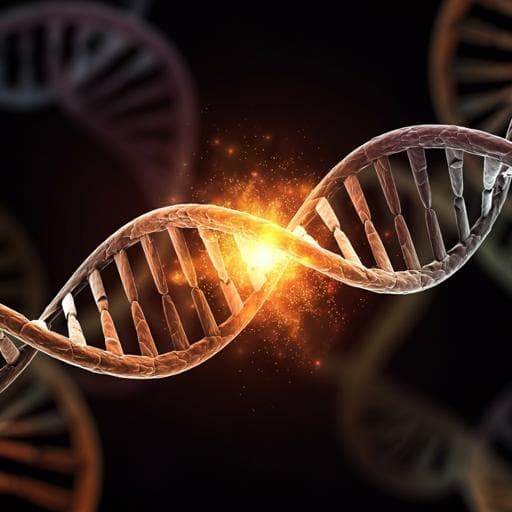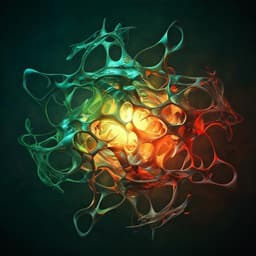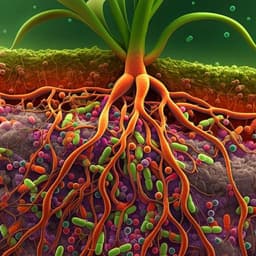
Medicine and Health
Failure of DNA double-strand break repair by tau mediates Alzheimer's disease pathology in vitro
M. Asada-utsugi, K. Uemura, et al.
This innovative study reveals the critical role of DNA double-strand breaks in Alzheimer's disease, particularly in the context of tau pathology. Conducted by a team of researchers including Megumi Asada-Utsugi and Kengo Uemura, the findings suggest that deficiencies in DSB repair contribute significantly to the progression of Alzheimer's, offering new insights into potential therapeutic targets.
~3 min • Beginner • English
Related Publications
Explore these studies to deepen your understanding of the subject.







